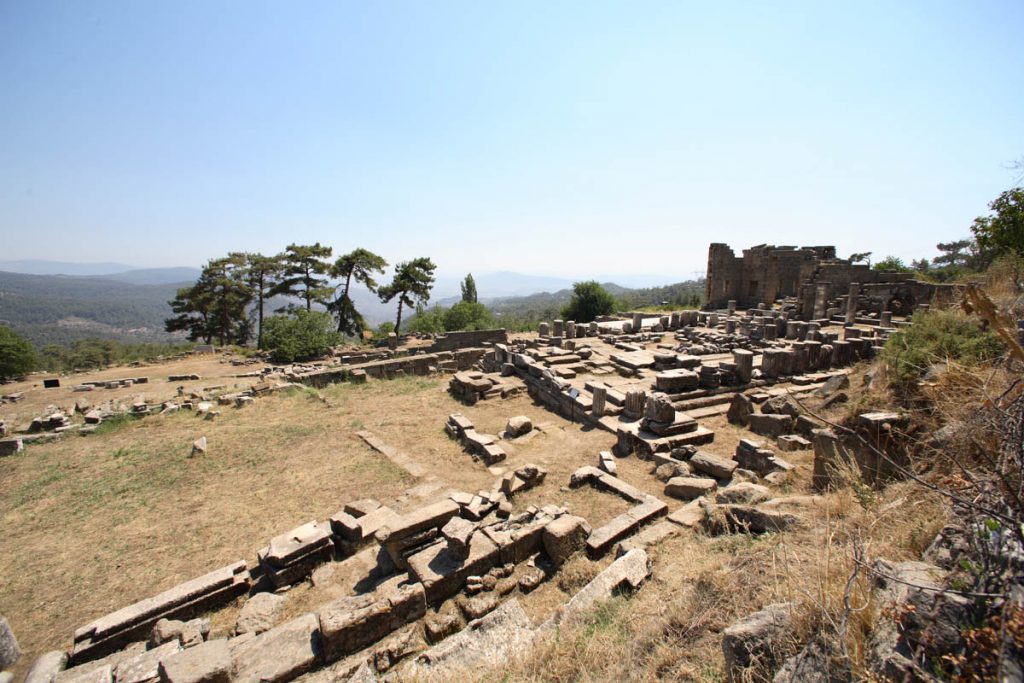The site amid its sacred plane trees was enriched in the Hellenistic style by the Hecatomnid dynasty of Mausolus, satrap (and virtual king) of Persian Caria (c. 377 – 352 BCE), and also later by his successor and brother Idrieus; Labranda was the dynasty’s ancestral sacred shrine. The prosperity of a rapidly hellenised Caria occurred in the during the 4th century BCE. Remains of Hellenistic houses and streets can still be traced, and there are numerous inscriptions. The cult icon here was a local Zeus Labrandeus, a standing Zeus with the tall lotus-tipped scepter upright in his left hand and the double-headed axe, the labrys, over his right shoulder. The cult statue was the gift of the founder of the dynasty, Hecatomnus himself, recorded in a surviving inscription.
Turkey, Mugla, Labraunda (00:07:48)
$220.00

Frame Size: 1920×1080
Frame Rate: 24
Add to Wishlist
Add to Wishlist
















